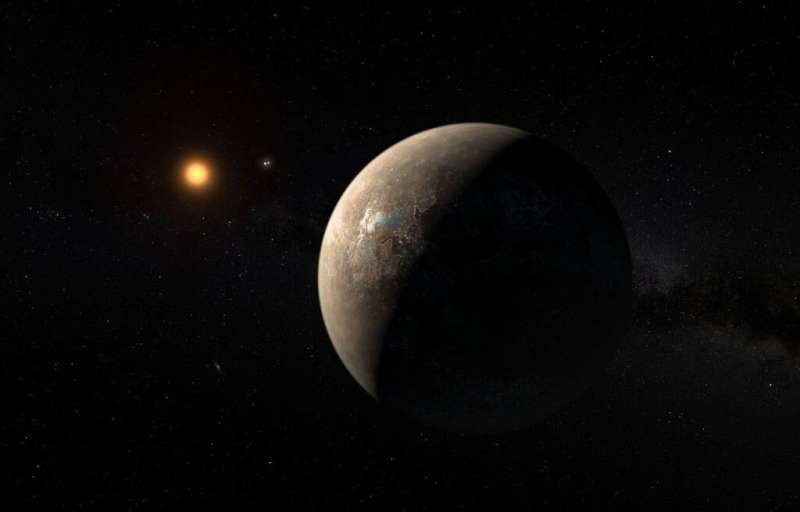This article has been reviewed according to Science X's editorial process and policies. Editors have highlighted the following attributes while ensuring the content's credibility:
fact-checked
preprint
trusted source
proofread
Forget the habitable zone—we need to find the computational zone

Astronomers are currently searching for signs of life in the "habitable zones" of nearby stars, which is defined as the band around a star where liquid water can potentially exist. But a recent paper argues that we need to take a more nuanced and careful approach, based not on the potential for life, but the potential for computation.
One way to define life itself is as a set of computations that act on information. The information is stored in DNA and the computations are performed by various proteins. The ability to store information and act on its environment allows life to undergo natural selection, which finds ever more complex arrangements.
The traditional searches for life look at how we understand it from an earthly context. Namely, creatures living on the surface of a world just the right distance from a parent star and using liquid water as a solvent for chemical reactions. But it's easy to imagine much more complex and varied forms of life out there in the universe. Life could use other solvents.
Life could be buried underground in icy outer moons. Life may not even require a star. And biological systems could give rise to technological systems that would not meet our current definition for life but might be alive in their own way.
And so a pair of researchers want to rebuild the concept of the habitable zone using a more fundamental concept of computation. They argue that the best chances of finding signs of life are where there is easiest access to computation. The researchers argue that these so-called "computational zones" require three characteristics. One, there must be the capacity for computation, which means that there is a rich set of chemistry available. Two, there must be a raw form of energy, like sunlight or hydrothermal vents. And lastly, computation requires a substrate—something in which the computation can take place.
The traditional view of habitable zones can now be seen as a subset of a much larger concept of computational zones. Where there is life as we currently understand it here on Earth there is computation taking place. But this framework allows us to develop search strategies for concepts of life extending beyond that. For example, if we study individual systems through a lens of computational ability, we might find which systems might be amenable to artificial energy gathering structures like Dyson spheres.
Or we could examine how gas clouds around sub-stellar structures could meet all the conditions necessary for computation, and therefore the conditions necessary for a broadened definition of life.
The search for life in our universe in a scientific way has only just begun. And it's important, as the authors emphasize, to keep an open mind.
The paper is published on the arXiv preprint server.
More information: Caleb Scharf et al, Rebuilding the Habitable Zone from the Bottom Up with Computational Zones, arXiv (2023). DOI: 10.48550/arxiv.2303.16111
Journal information: arXiv
Provided by Universe Today



















